Curriculum Links
Digital Technologies Curriculum Information
0. Checklist
1. Vocab
2. Digital Systems
– explaining the role of hardware and software components in allowing people to interact with digital systems, for example using a mouse or touch pad or screen, speech, accelerometer
3. Operating Systems
– explaining how an operating system manages the relationship between hardware, applications and system software
– comparing the similarities and differences of two common operating systems
4. Local Area Networks
– Investigate the role of hardware and software in managing, controlling and securing the movement of and access to data in networked digital systems (ACTDIK034)
Recap – Distinguish between different types of networks and defined purposes.
Recap – Explaining that networks have components that control the movement of data, for example routers, hubs, switches and bridges manage data traffic and that the characteristics of these components impact on the operation (speed and security) of networks.
5. Wide Area Networks
Recap – Investigate how data is transmitted and secured in wired, wireless and mobile networks, and how the specifications affect performance (ACTDIK023)
Recap – Explaining how cellular radio towers (transceivers) and mobile phones work together to create mobile networks.
6. Network Communications
Recap – Networked systems and their suitability and use for the transmission of data types.
Recap – Comparing the reliability and speed of transmitting data through wireless, wired and mobile networks.
Recap – Recognising that there are different communications protocols for transmitting data in networks, for example hypertext transfer protocol (HTTP) is used for transferring web page files in a browser, file transfer protocol (FTP) is used for sending and receiving any files over a network and transmission control protocol/internet protocol (TCP/IP) is used for controlling file transfers over the internet.
7. Network Configuration
explain the control and management of networked digital systems
– identifying how changes to the configuration of an operating system change the operation of hardware and software components in a networked digital system
8. Network Security
security implications of the interaction between hardware, software and users
– investigating actions, devices and events that are potential risks to information systems, for example losing portable storage devices containing important files, deliberately infecting systems through malware, and power surges
9. Encryption Basics
explaining encryption of data as a means of protecting data, for example secret keys and ‘exclusive or’ (XOR) and hashing algorithms to digitally sign data
10. Revisiting Databases
Recap – Describing the attributes of complex objects, for example defining the records, fields, formats and relationships of a simple dataset
Recap – Querying an existing database to extract data for analysis, for example devising multiple selection criteria or using simple structured query language (SQL) SELECT statements to select records and retrieve specified fields
generating a layout or report in a database
11. Sys Dev Proj – Introduction
12. Sys Dev Proj – Decision Time
– Evaluate critically how student solutions and existing information systems and policies, take account of future risks and sustainability and provide opportunities for innovation and enterprise (ACTDIP042)
– investigating techniques used by people and organisations to shape how information systems are used, for example refusing to use innovations, using social media to advocate behaviours, purchasing devices, withdrawing previous processes that can now only be performed by an information system
13. Sys Dev Proj – Empathise
evaluate their solutions and existing information systems based on a broad set of criteria including connections to existing policies and their enterprise potential
how policies and practices can be improved to ensure the sustainability and safety of information systems
– reviewing the ‘terms of use’ policies on social media networks and predicting ways in which these can support advocacy of change and protection of individuals and societies
– investigating the impact and opportunities created through the practice of planned obsolescence, for example discussing the benefits and risks to users, the creators and the environment of information systems having a defined life span, taking into account costs, research and resource extraction
evaluate information systems and their solutions in terms of risk, sustainability and potential for innovation and enterprise
14. Sys Dev Proj – Define
15. Sys Dev Proj – Ideate
16. Sys Dev Proj – Further Steps
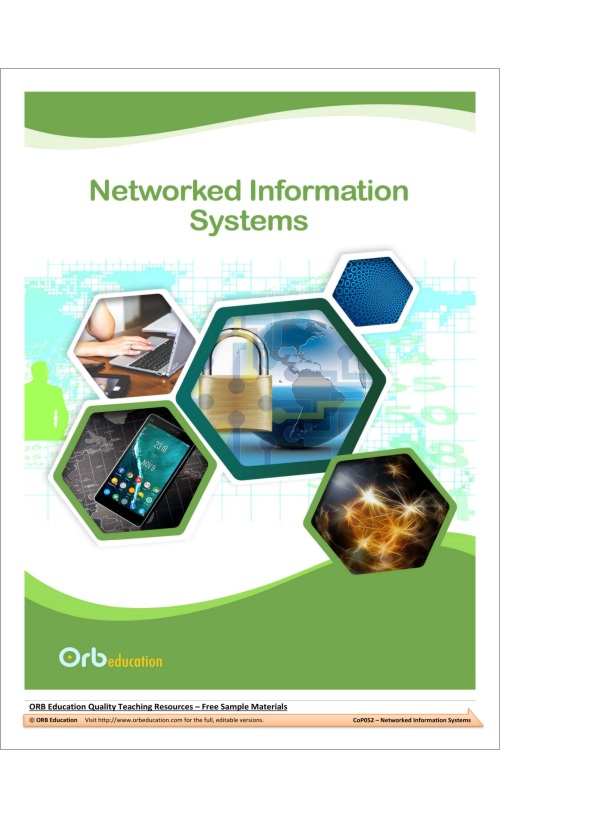
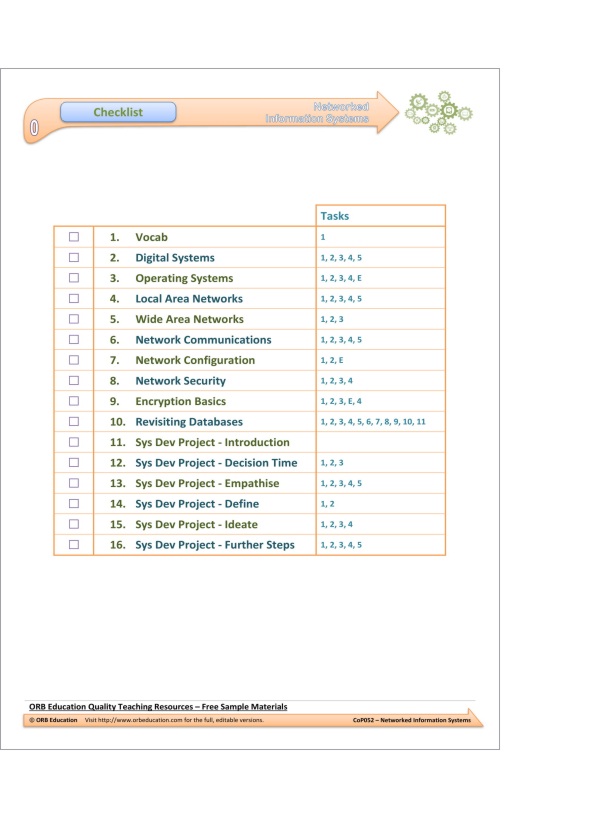
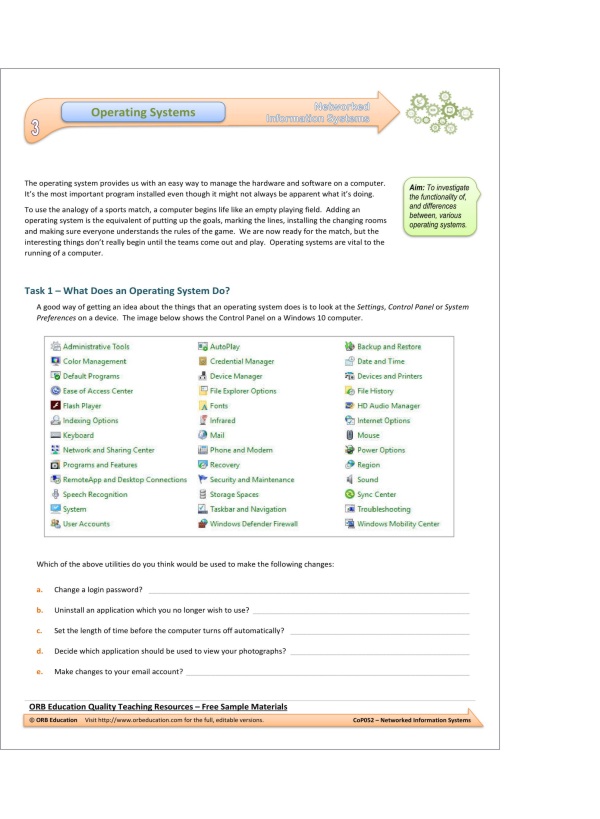
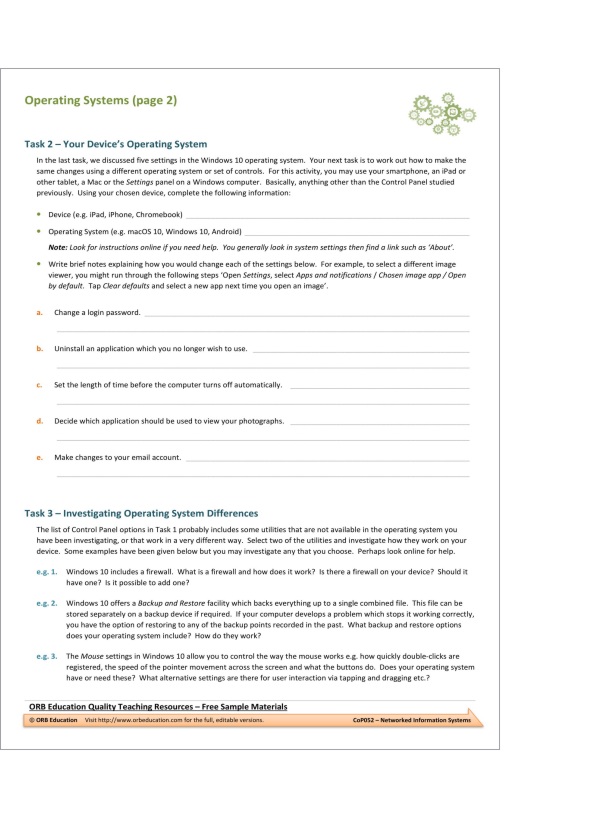
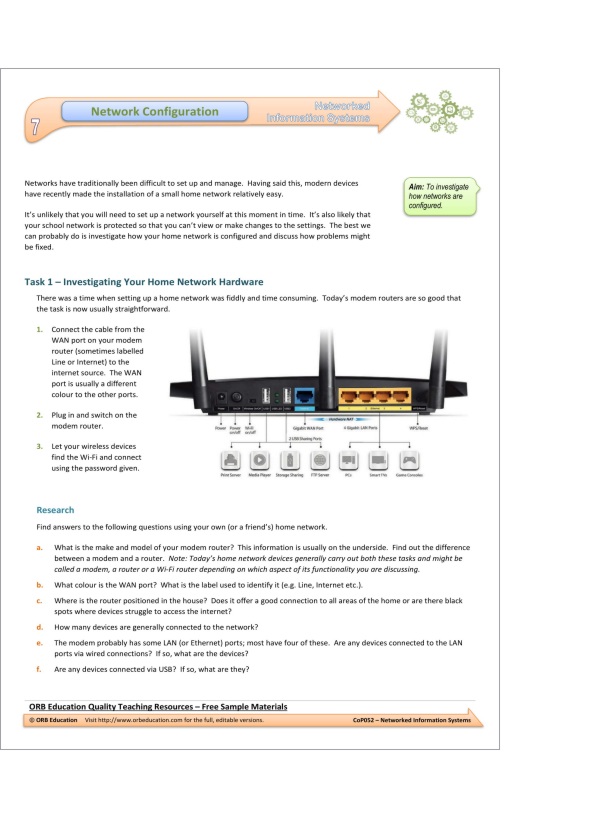
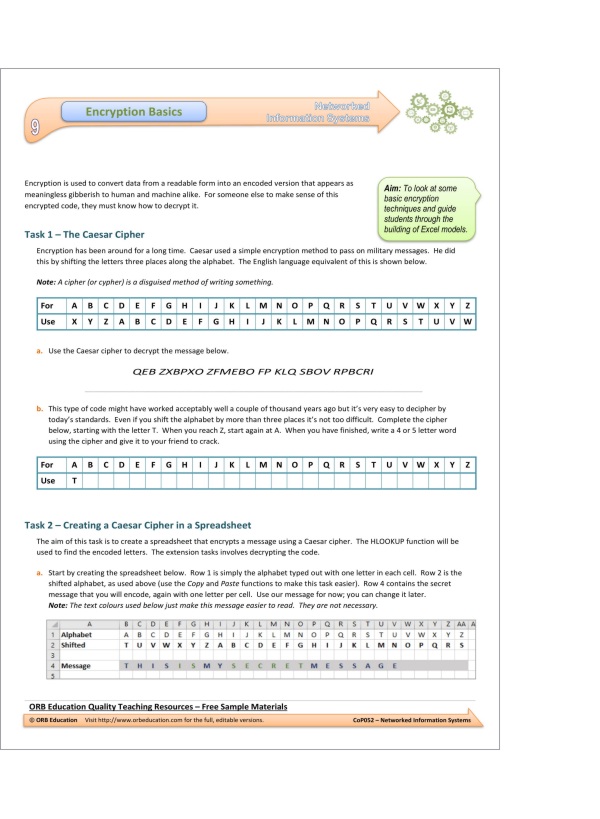
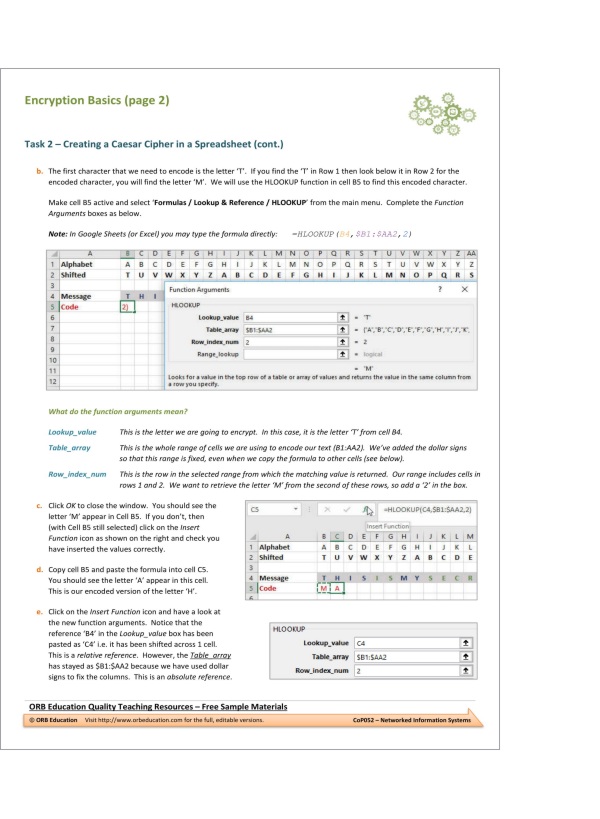
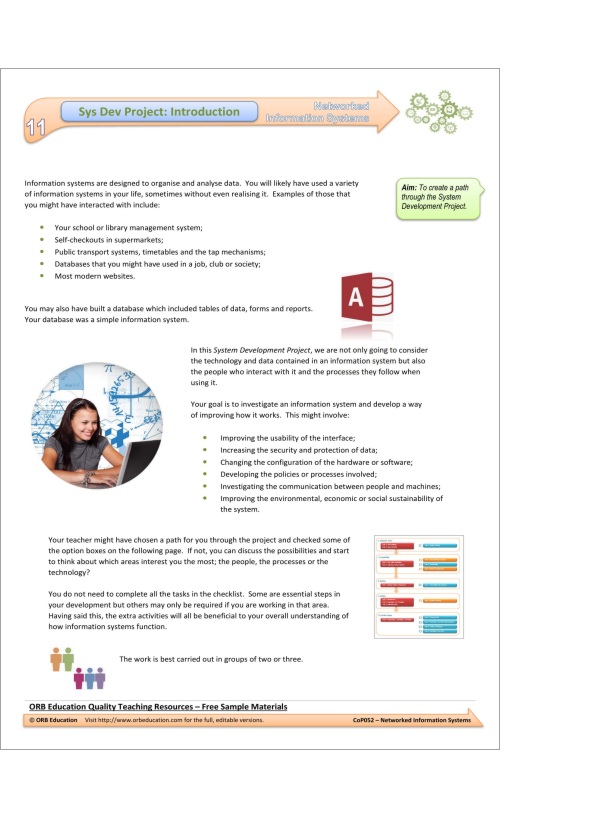
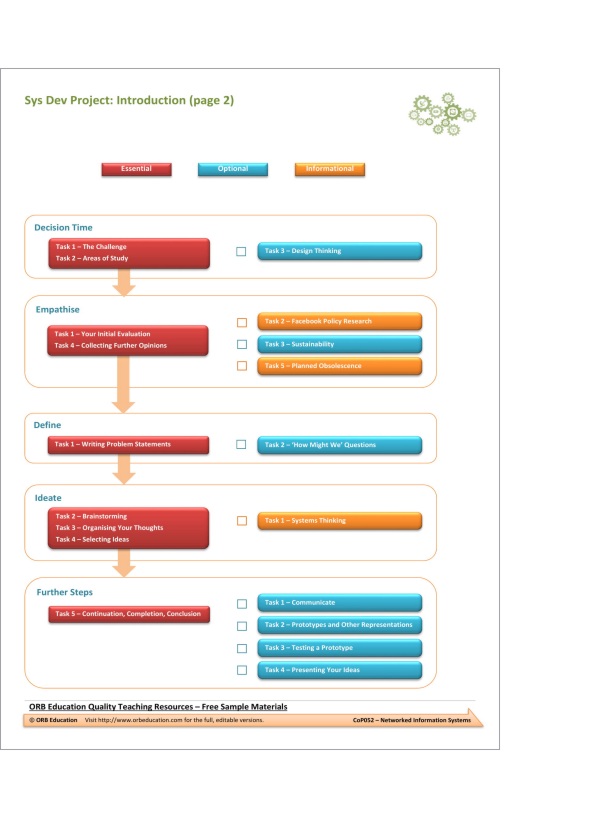
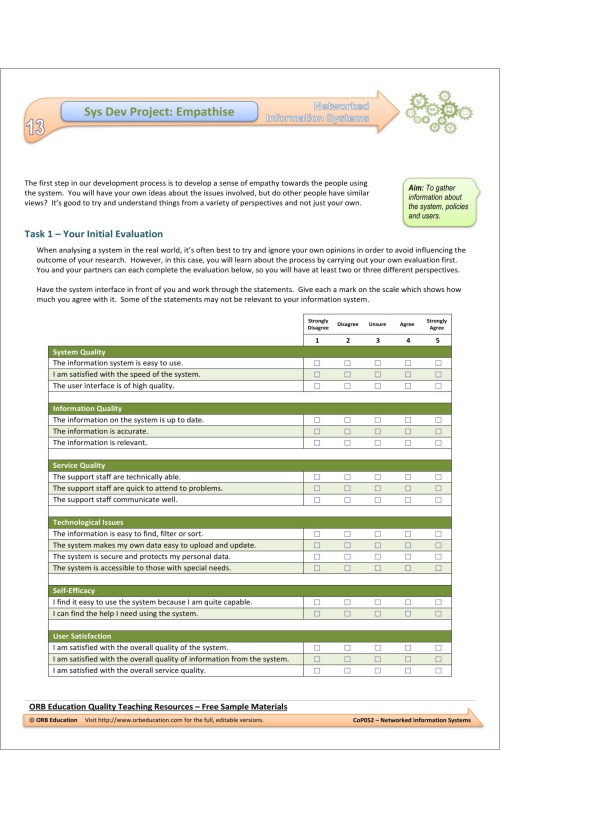
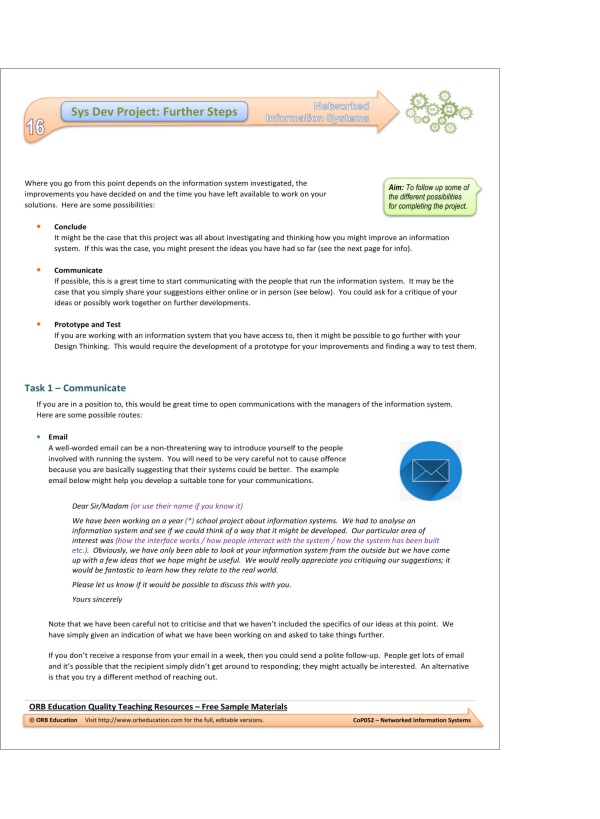


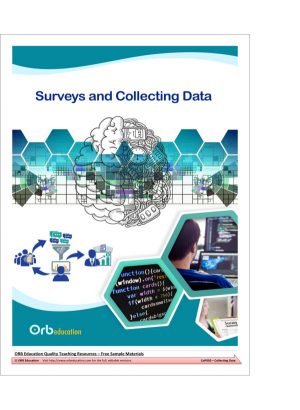
Reviews
There are no reviews yet.